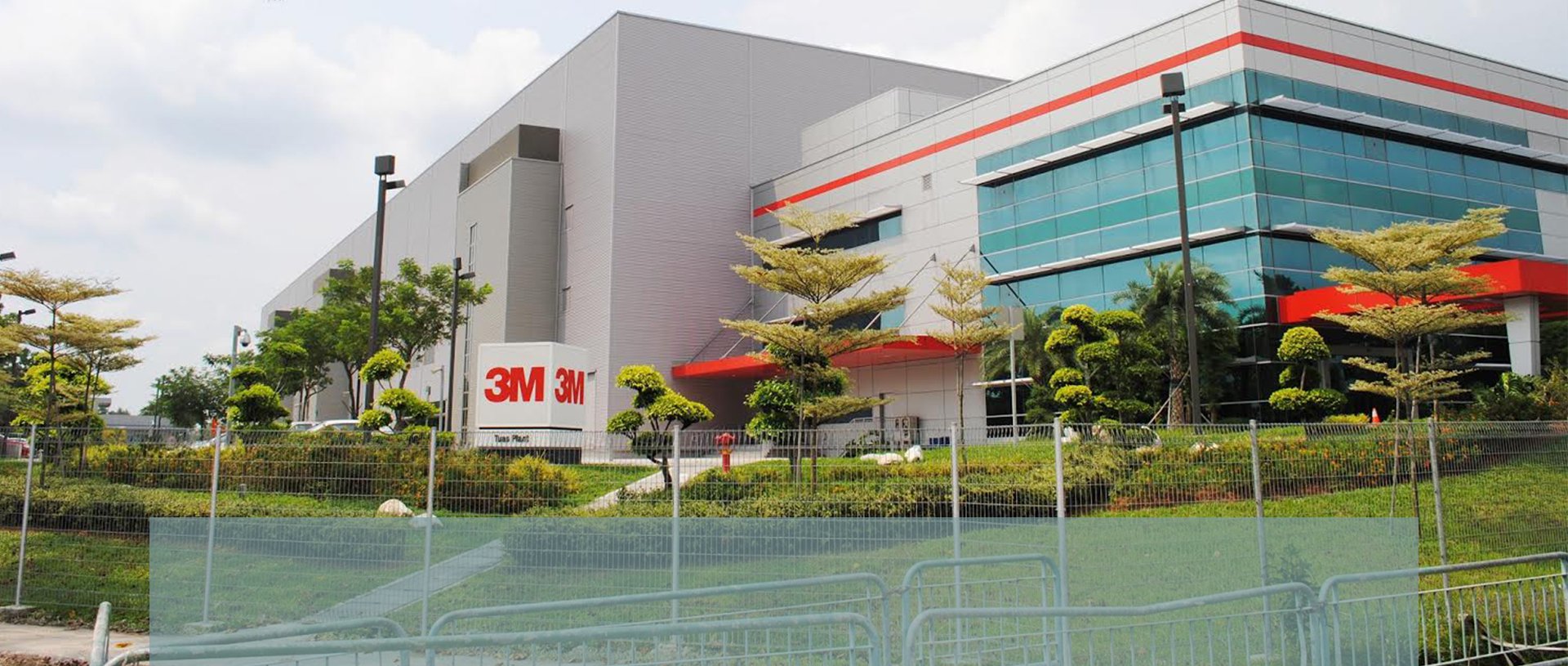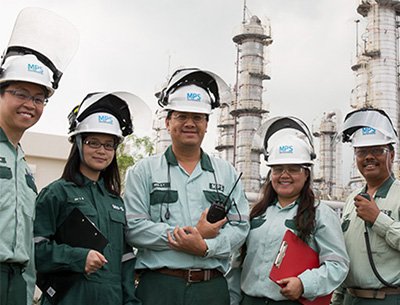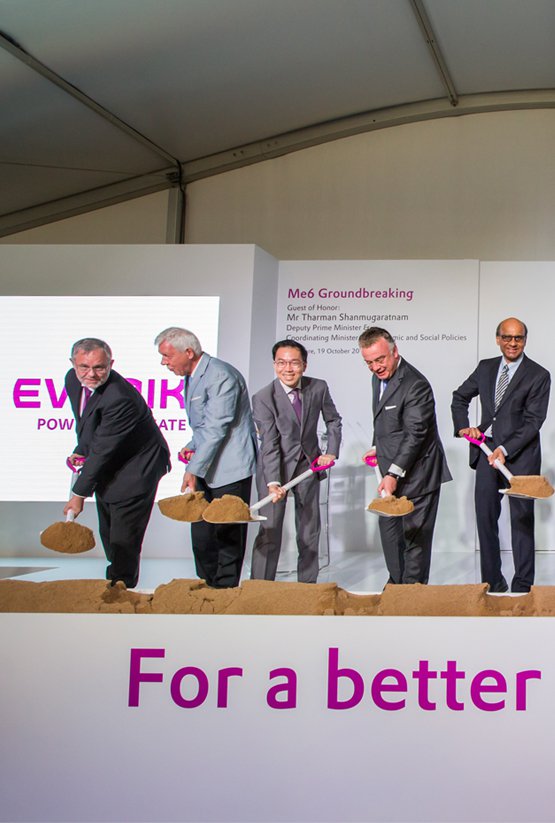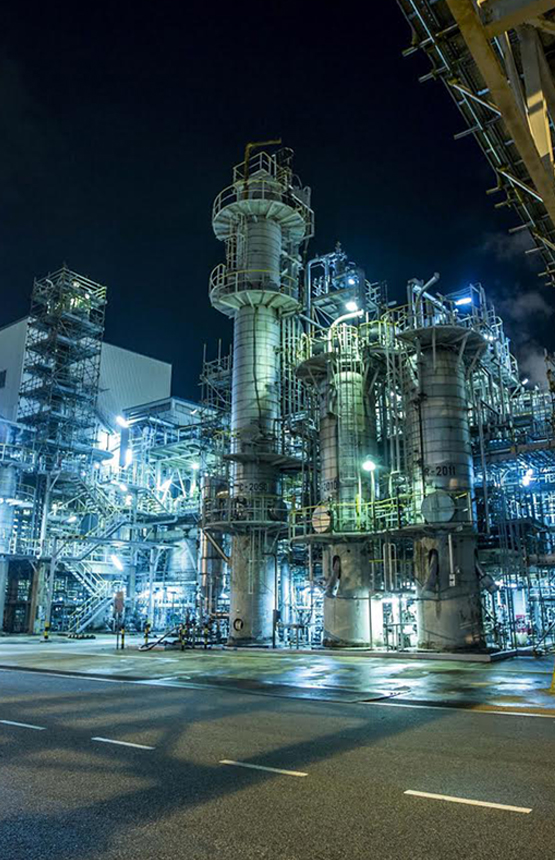Over more than 50 years, 3M has witnessed Singapore’s progress into an advanced manufacturing hub for higher-value activities, supplying premium products for the fast-growing Asia market and beyond.
The US giant has invested over S$1 billion in the city-state, steadily growing from a sales office with just eight people in 1966, into a 1600-strong, multi-faceted operation here. This includes 3M’s Southeast Asian headquarters and R&D hub, as well as the site of two cutting-edge manufacturing facilities.
Recognising Singapore’s rigorous intellectual property regime and strong innovation capabilities, it chose to locate highly proprietary processes here, while tapping on the city-state’s efficient logistics system to optimise its regional supply chain.
While 3M is well known for consumer products such as Scotch-Brite® sponges and Post-it® notes, it has a diversified product portfolio across multiple industries from electronics to healthcare and construction.
A number of these products are produced by 3M’s two manufacturing sites here. The first was established in 1998 to produce custom flexible circuits, sintered abrasives, electronic adhesives and other products for the electronics and automotive sectors in Asia, the US, and Europe.
The other site was built in 2009 to produce specialty films, N95 respirators, polymer processing additives, as well as traffic safety systems for customers in the same regions. This second facility was expanded in 2016, with an S$135 million investment by 2018 in new technology catering to many product platforms in the electronics, automotive and healthcare sectors. This investment reflects its continued commitment to grow together with its partners and communities in Singapore to make a positive impact.
3M also has a R&D facility at Woodlands to provide technical services to support marketed products, while conducting multi-disciplinary research in electronics, optics, circuitry, adhesive and coatings.
The company has also set up a Smart Urban Solutions Lab to develop products for sustainable living for Southeast Asia, such as lighting that cuts down on maintenance and power consumption.







